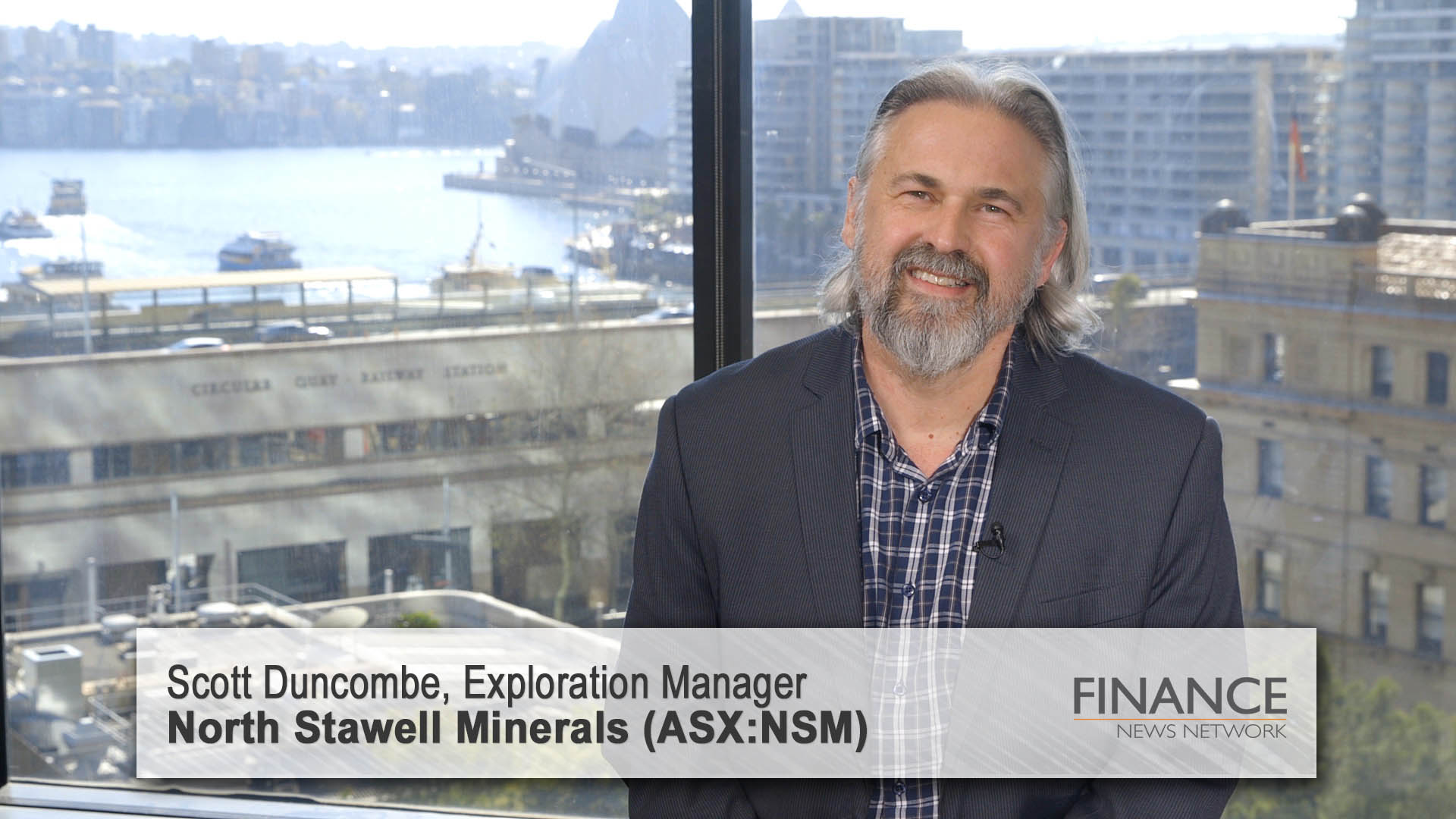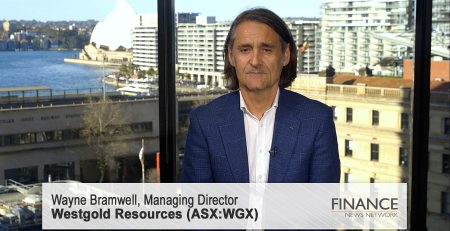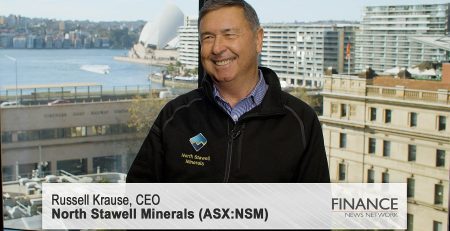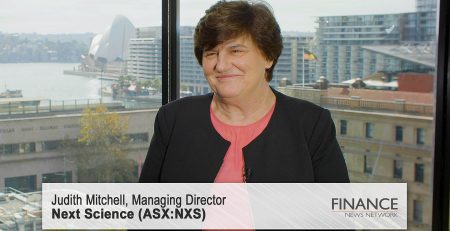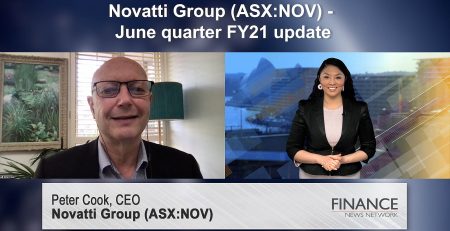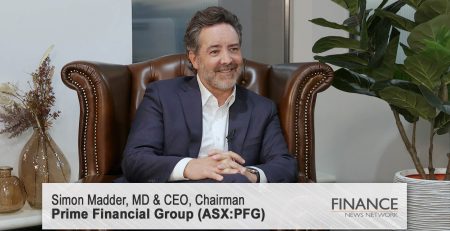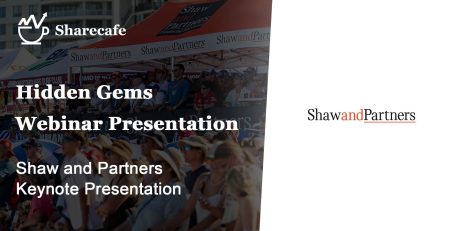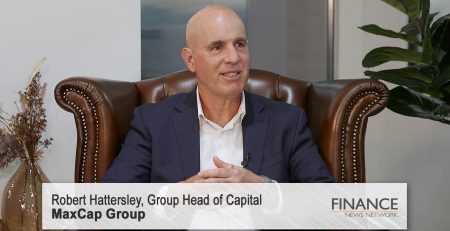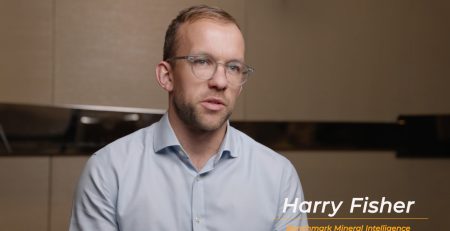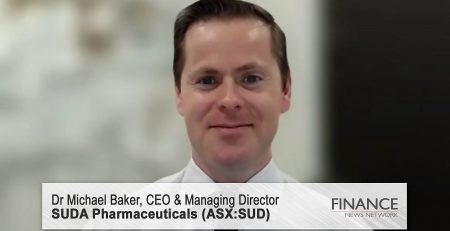North Stawell Minerals (ASX:NSM) – exploring Victoria’s Golden Triangle
Scott Duncombe, Exploration Manager of North Stawell Minerals (ASX:NSM), provides an update on the company's gold exploration.
Peter Milios: We're talking today with the North Stawell Minerals, ASX code NSM. Market cap of around 9 million. The company's a junior gold explorer focused on the Stawell Corridor, which is the centre of Victoria's Golden Triangle. We have with us the Exploration Manager, Scott Duncombe. Scott, welcome back to the Network. Thanks for your time.
Scott Duncombe: Thanks, Peter. It's good to be here.
Peter Milios: Scott, so tell us a bit about the geological anomalies that are present at North Stawell.
Scott Duncombe: So we're based out of the Stawell Gold Mine and we've got tenements extending 50 kilometres in the northwesterly direction. What we're looking for is a repeat structure of the Stawell Gold Mine. So it's been a mine for 40 years. We know what works and what mineralisation is hosting the gold, so we use this knowledge as a basis of our exploration. We have numerous, over 12, excellent anomalies that we're working on at the moment. So we've done over 500 drill holes into these remote regions, mainly air-core at the moment. We've done some RC and some diamond as well, and that's where we'll be pursuing later on. Very exciting. We've got really good targets to follow up on.
Peter Milios: Scott, what geophysical and geochemical techniques are being employed to identify the targets?
Scott Duncombe: The geophysical anomaly created by the basalt dome that hosts the Stawell mineralisation is very obvious in airborne gravity. So airborne gravity is something that we use where there's a high gravity signature. So we can see all these scattered all the way up through the corridor, from all the way from Stawell, all the way 50 kilometres north. We can see that very, very clearly in the signatures of the airborne gravity.
Peter Milios: So Scott, what drilling has been done to date and what are the plans in place for the further drilling?
Scott Duncombe: So like I've said, we've done a lot of air-core drilling. So we wanted to try and pinpoint the best of the targets. Our process now is to go back to the ones that we've highlighted as the most perspective and we're going through further infill drilling with air-core. Once that is complete, then we do diamond drilling.
We did three diamond holes at Wildwood, which increased the already inferred resource. So that was an inferred resource back in 2019 at 55,000 ounces. We increased it to 87 over 87,000 ounces, which 44,000 is indicated. So great outcome.
Peter Milios: Scott, lastly, what do you see for the company in the next three to six months?
Scott Duncombe: Yeah. I think the next three to six months will be very exciting. So our plan is to drill more holes into Wildwood. What we see at the moment is it needs further infill drilling, which we did earlier this year. We'll do that again to increase the resource and increase the confidence. We'll be stepping out as well. So we'll be going down plunge and potentially making it a bigger resource and more defined. We've also got plan air-core drilling to further infill the knowledge of our anomalies to the north and to provide targets going forward, potentially diamond for those targets as well.
Peter Milios: Scott, thank you for your time.
Scott Duncombe: Thanks, Peter, for your time. Thank you.
Peter Milios: Thank you.
Ends
Copyright 2023 – Finance News Network
Source: Finance News Network

